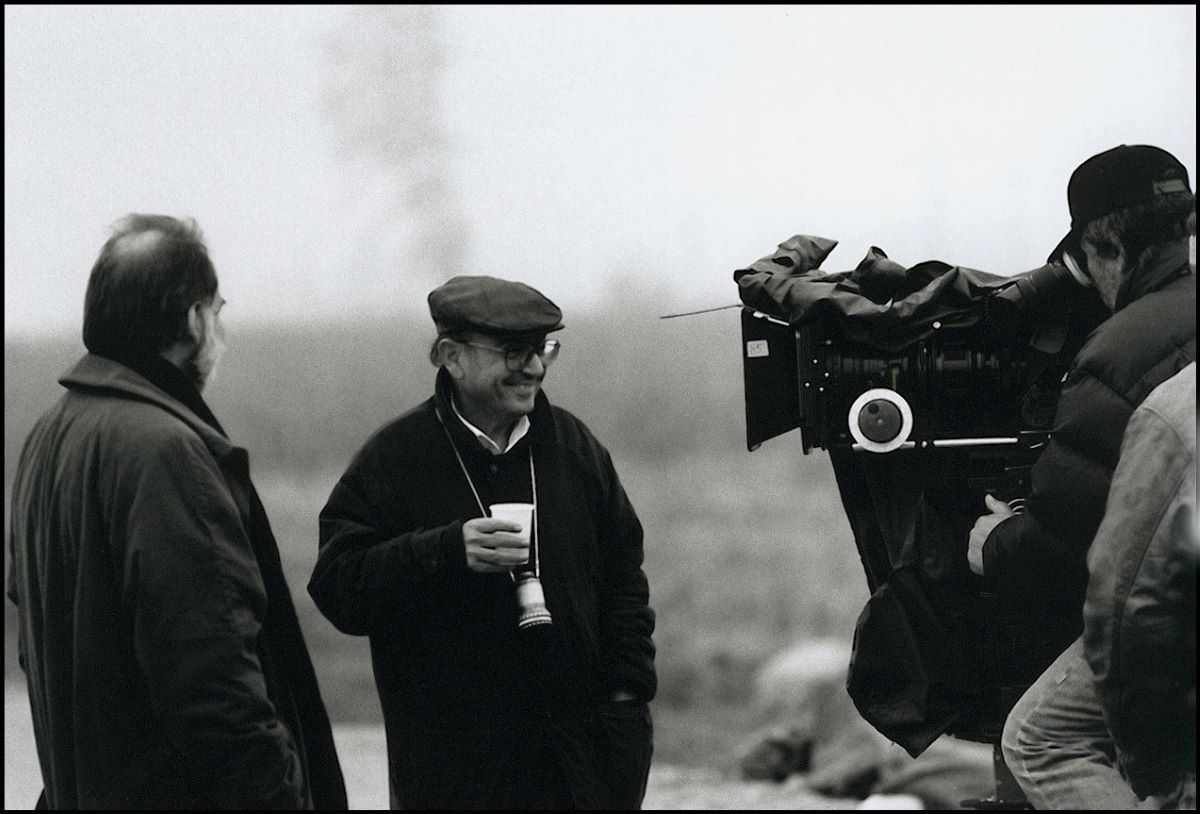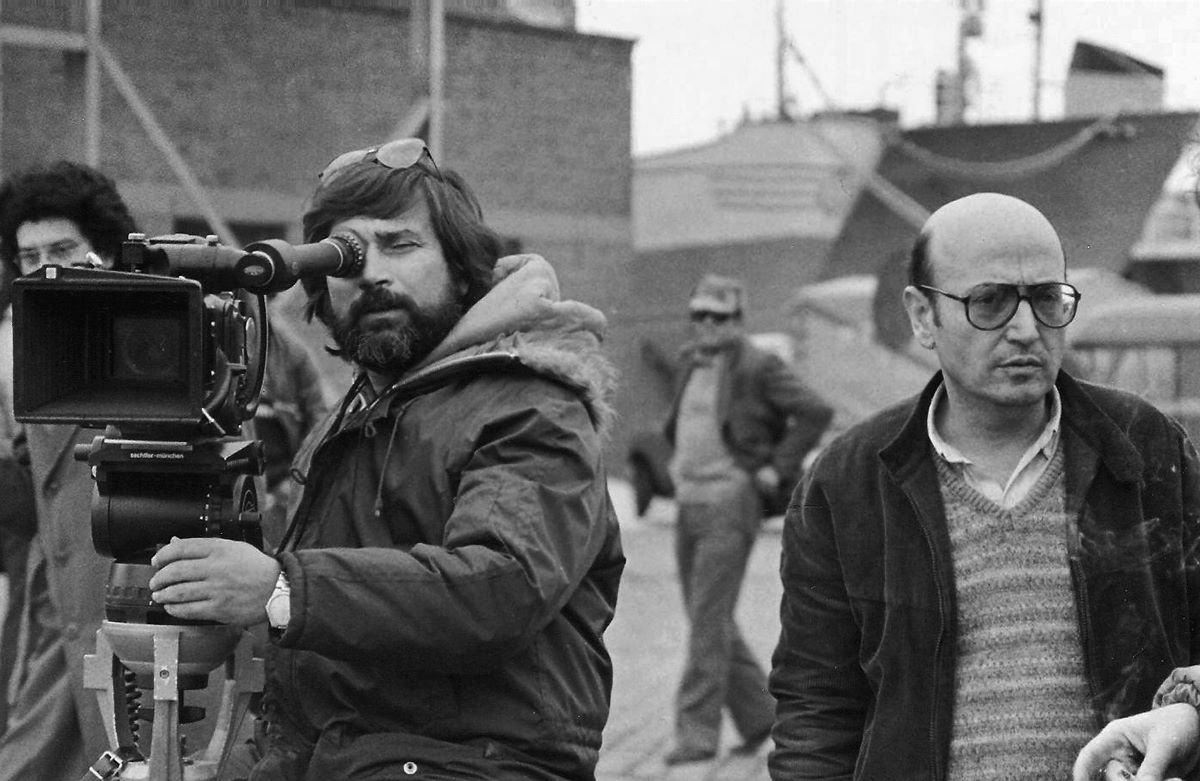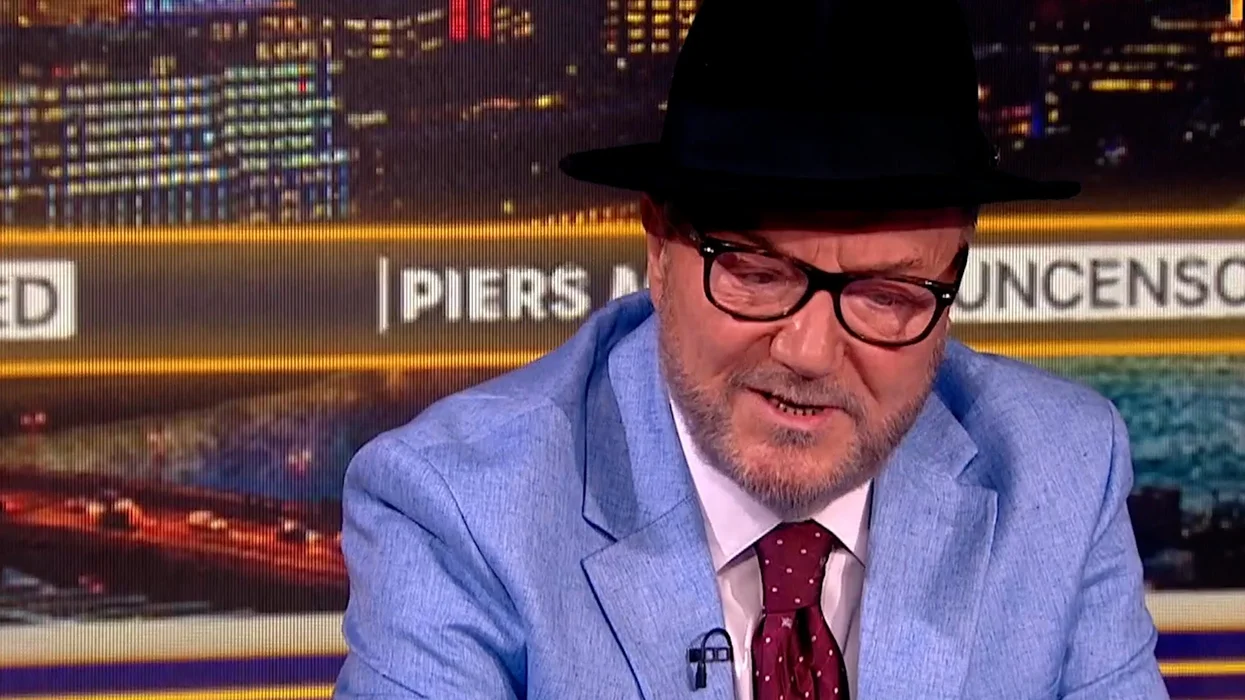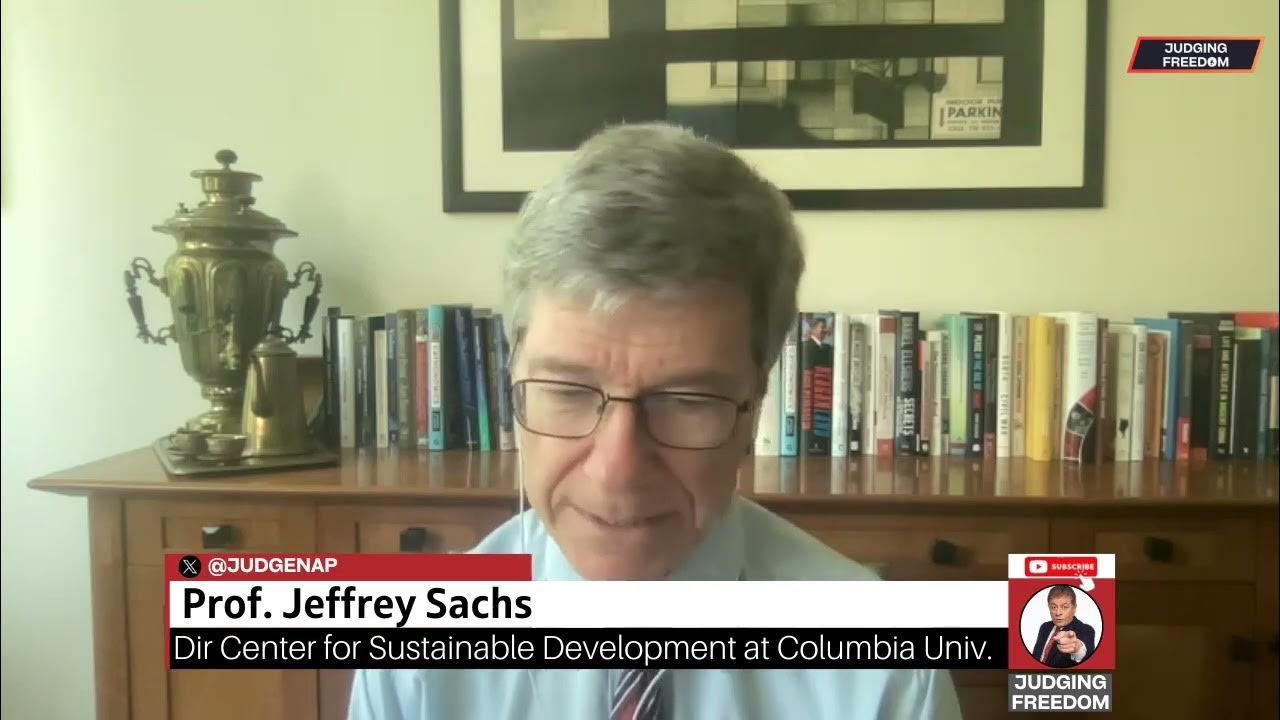by Letitia Kent
It was a Saturday night in New York. Francis Coppola, the director of the Godfather films and head of the “new‐boy network” that has moved into power in Hollywood, came to the hotel suite of Michael Cimino, a loner with only one released work (a 1974 caper film titled Thunderbolt and Lightfoot) to his credit.
As Mr. Cimino tells it, Mr. Coppola said, “You beat me, baby.”
For even as the world awaits Apocalypse Now, Mr. Coppola’s long‐overdue Vietnam epic, Mr. Cimino has completed writing, producing and directing his own Vietnam odyssey, The Deer Hunter. Since neither of these auteurs knows how many moviegoers will be willing to sit through a movie, and a long one at that, which evokes our unresolved feelings about Vietnam, Mr. Cimino had been counting on Apocalypse Now to break the ice.
Now his film will be first.
The Deer Hunter opens in New York and Los Angeles on Friday for nine reserved‐seat performances in order to qualify for the 1978 Academy Awards (and then will be withdrawn until its national opening in February). It is the story of three steelworkers of Russian extraction, portrayed by Robert De Niro, John Savage and Christopher Walken, who during the Vietnam war volunteer to serve together.
Even in previews, the film has aroused controversy. One of its graphically rendered central themes is the suicidal game of Russian roulette, which the characters, when captured by the Vietcong, are forced to play. Many who have been in Vietnam remember no such torture. In addition, the chronology of the war seems scrambled, and a massacre resembling that at My Lai 4 is attributed to the Vietcong, rather than to Americans.
Mr. Cimino thinks a long time before responding: “I don’t dispute the accounts of My Lai 4, but I think that anyone who is a student of the war, or anyone who was there, would agree that anything you could imagine happening probably happened.
“Look, the film is not realistic — it’s surrealistic. Even the landscape is surreal. For example, the little steel town we called Clairton is composed of eight different towns in four states. You can’t find that town anywhere — it doesn’t exist. And time is compressed. In trying to compress the experience of the war into a film, even as long as this one [184 minutes], I had to deal with it in a non‐literal way. You’re right, I used events from ’68 [My Lai] and ’75 [the fall of Saigon] as reference points rather than as fact. But if you attack the film on its facts, then you’re fighting a phantom, because literal accuracy was never intended.”
Michael Cimino, 35, a self‐described workaholic (“I have no personal life”), is seated in his Sherry‐Netherland suite. Though in New York to publicize The Deer. Hunter, he is also poring over maps and photographs of mountains in Washington state for his next film. “I’m tired,” he says, looking more pained than weary. “We’ve driven about 9,000 miles in three weeks scouting locations” for “The Johnson County War,” which he has written and will soon direct.
Mr. Cimino is dressed in jeans and Western boots. Although it’s cold in the room, his shirt is unbuttoned to reveal, California style, his bare chest. He is solidly built, shorter than average, With clear, olive skin and small, intense dark eyes. He is serious; speaks calmly and sometimes inaudibly; frequently parries a question with a question.
For instance, he is vague about how many siblings he has. But Mr. Cimino does reveal that he is the oldest son of music publisher. And that while growing up in New York City (borough unspecified), his grandfather enchanted him with wonderful stories and his grandmother cast the final die for his current endeavors by taking him to the movies three times a week.
Mr. Cimino first wanted to become a fine artist, but that didn’t seem, in his words, “quite respectable,” so he studied architecture and art history instead; just short of his doctorate, he dropped out of Yale. “I felt the need to unlearn my formal education,” he explains. “Most people I knew had been crippled by their educations. Some were even dying spiritually.” So Mr. Cimino joined the Army about the time of the Tet offensive in 1968 and was assigned as a medic to a Green Beret unit training in Texas, but was never sent to Vietnam. After the Army, he studied acting and ballet.
Because he had been trained in the visual arts, Mr. Cimino was able to land a job with a small company in New York that produced documentary and industrial films. “They taught me to use a Movieola,” he recalls. “I operated the Movieola and I swept the floors. I was hooked — I decided to become a filmmaker.”
He began by writing screenplays, including those for Silent Running and Magnum Force, for which he received a co‐author credit. Eventually Mr. Cimino wound up in Los Angeles where he sent his screenplay Thunderbolt and Lightfoot to Clint Eastwood, the star of Magnum Force. Mr. Eastwood quickly hired him to direct it (‘he couldn’t have had the property without me”). The film was both a critical and commercial success — it cost $2.2 million without Mr. Eastwood’s fee, and grossed some $25 million in the U.S. alone.
Yet, it wasn’t until four arid years, and 800 produced movie script pages, later that Mr. Cimino was sought out by EMI, the British conglomerate. When he presented his idea for The Deer Hunter to them, he was so stunned to win approval that “I said, ‘What do you mean by O.K.?’ And they said, ‘O.K., go make a movie.’ “ The picture was begun in 1976 and completed two‐and‐one‐half years later. Its final cost — nearly $15 million.
Mr. Cimino’s two films have in common an emphasis on male bonding —between bank robbers Clint Eastwood and Jeff Bridges in Thunderbolt and Lightfoot, and GIs Robert De Niro and Christopher Walken in The Deer Hunter.
“Friendship and sentiment and the giving of one’s words are very important,” Mr. Cimino says. “This is a lonely country, and people die of loneliness as surely as they die of cancer. But I also know that in every friendship there’s the potential for destructiveness as well as for nourishment.”
The Deer Hunter was filmed on location in various parts of the United States and Thailand, “which is more like Vietnam than the Philippines, where Francis shot Apocalypse Now, “ says Mr. Cimino. This was partly because audiences have come to expect the authenticity of location shooting, and also because the director believes that “encountering a real place changes the performances of actors in subtle ways, and changes the spiritual texture of the film.”
That’s why Messrs. De Niro, Walken and Savage, along with John Cazale and Chuck Aspegren, donned protective asbestos coats and hoods to play their roles as steelworkers standing on the floor of U.S. Steel’s Central Blast Furnace in Cleveland, where molten metal — heated to 3,000 degrees — spewed forth like water. And that’s why in Thailand, Mr. De Niro and Mr. Savage performed their own stunts, including plunging into a muddy, swiftly moving river from a helicopter hovering at a height of 30 feet. And that’s why Bangkok’s Patpong Road, known as “The Street of 1,000 Pleasures,” was rented for two nights to allow Mr. Cimino to re‐create the nightlife of Saigon’s infamous Tu Do Street.
Mr. Cimino also insisted that much of the picture’s 70‐minute tour‐de‐force music track be recorded liVe in the advanced Dolby system. All of the music in the Russian Orthodox church wedding at the beginning of the film was captured live, and the Chopin piano nocturne played by George Dzundza in Welch’s Bar was actually performed by the actor, though Mr. Dzunda, not a pianist, had to “practice for months.”
How did such an ambitious project originate?
“Not from intellectual notions,” Mr. Cimino responds. “For me, it’s a very personal film. I was attached to Green Beret medical unit. My characters are portraits of people whom I knew. During the years of controversy over the war, the people who fought the war, whose lives were immediately affected and damaged and changed by the war, they were disparaged and isolated by the press. But they were common people who had an uncommon amount of courage.”
What of the courage of those who refused to go to Vietnam, or who, once there, refused to follow the orders of a Lt. Calley or a Capt. Medina?
“If you are in the army,” Mr. Cimino says, the fact of being in the army is that you follow orders. And that is what every soldier in every army of the world has always done, does, will always do. That’s what the army is.
“Vietnam is not the only war in the history of the world where there have been terrible atrocities. There have been and there probably will be far worse. Vietnam was not the apocalypse. I don’t think that one can make a case on that basis.”
Mr. Cimino continues slowly, with evident feeling: “My film has nothing to with whether the war should or should not have been. This film addresses itself to the quetion of the ordinary people of this country who journeyed from their homes to the heart of darkness and back. How do they survive that? If they’re lucky enough to survive, how do they return home? And after they return home, how do they go on without committing suicide, having seen and been through what they’ve seen and been through? And how do they go on with some sense of hope, with their spirits intact? And still believe in something? How?
“That, to me, is what is important. The specific details of the war are unimportant. Because this is not a film of the intellect, it’s a film of the heart —I hope.”
The New York Times, December 10, 1978




